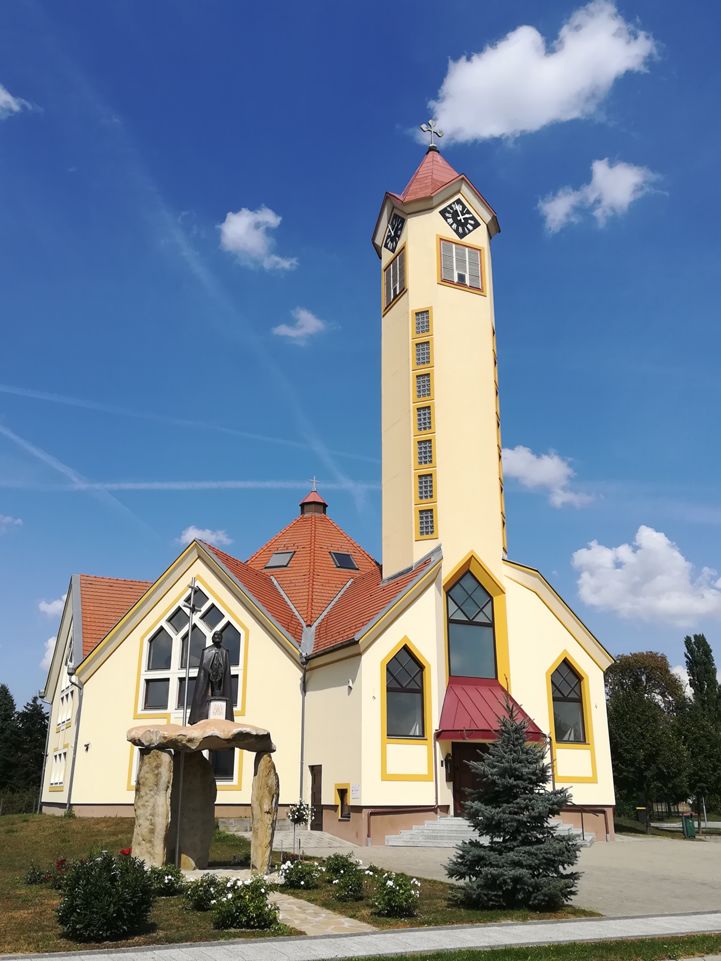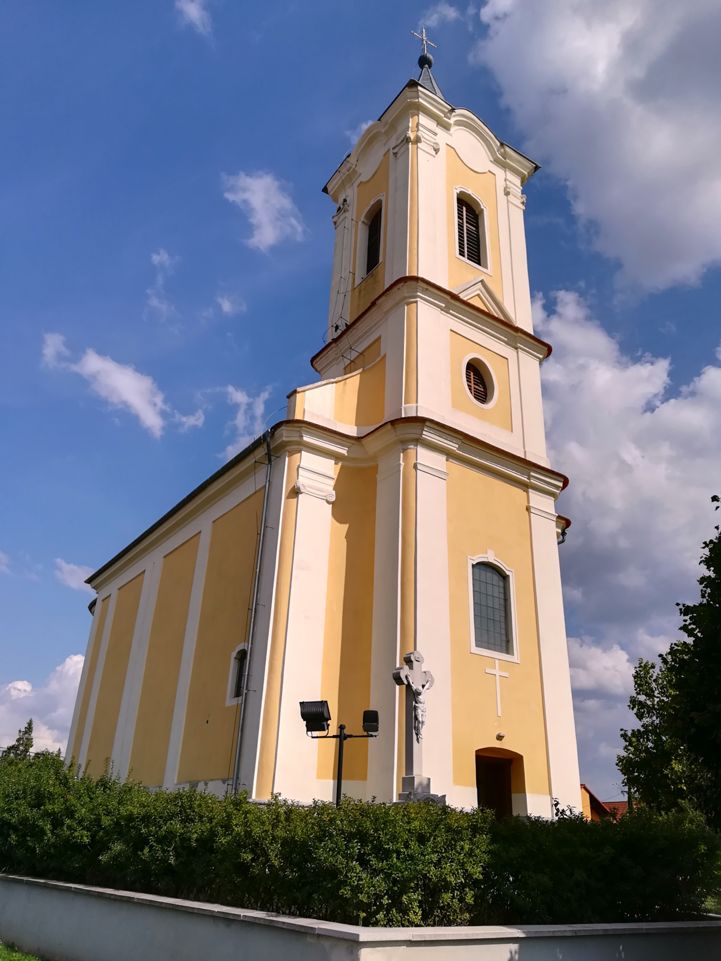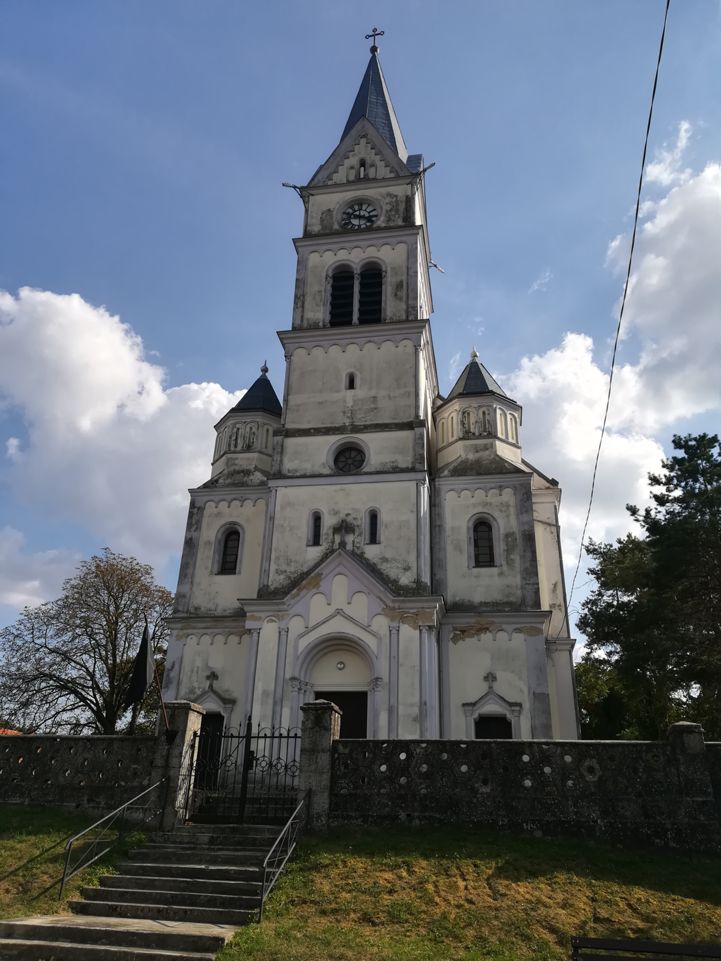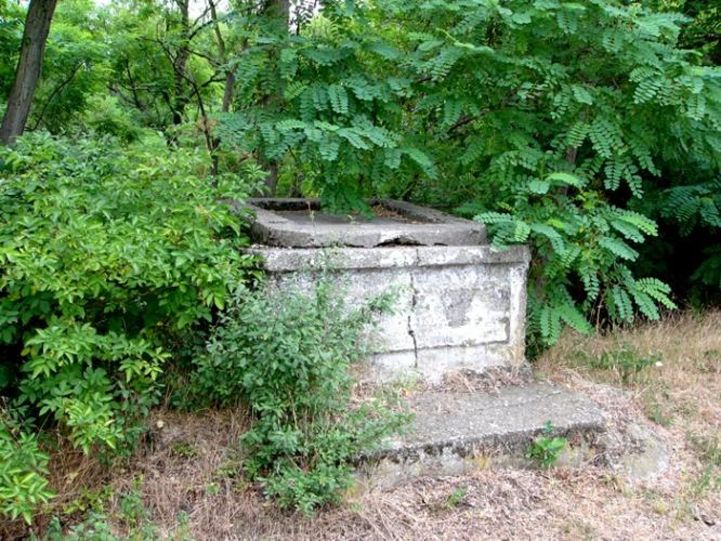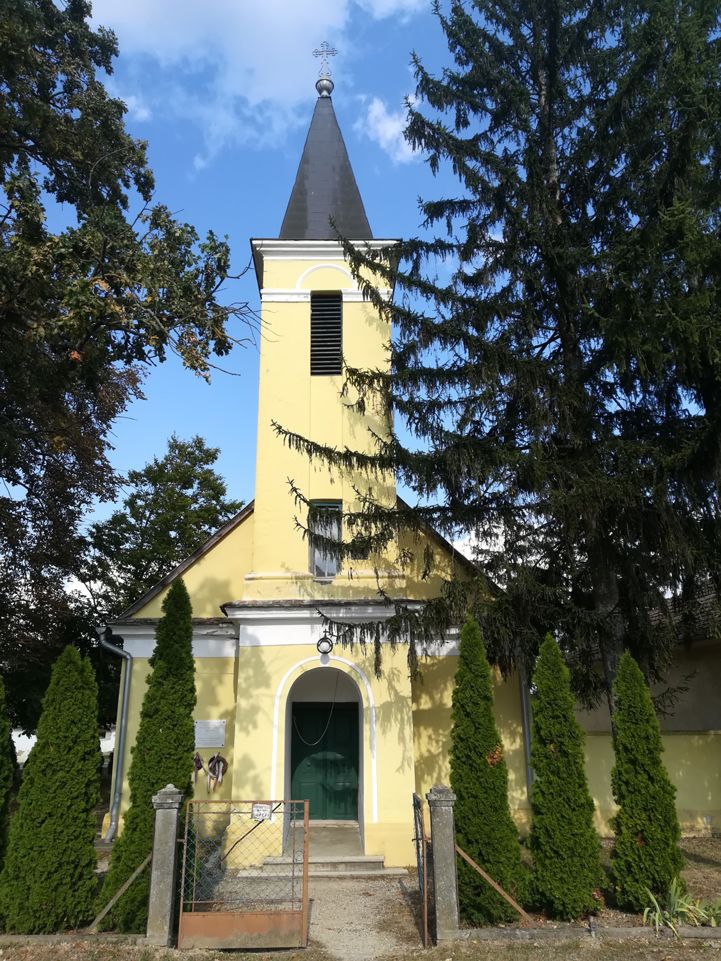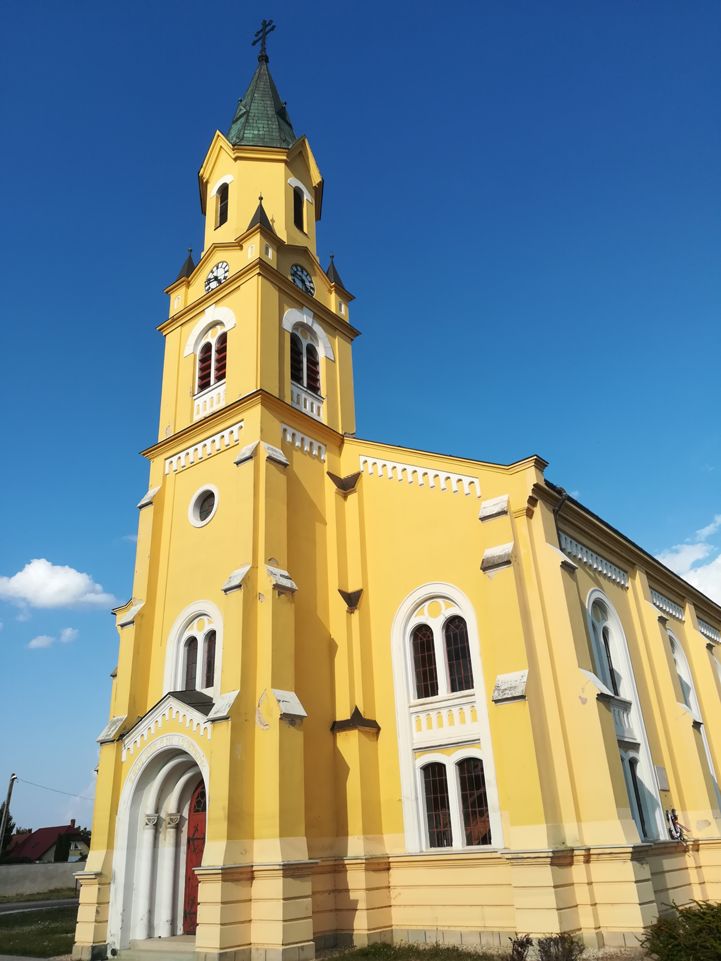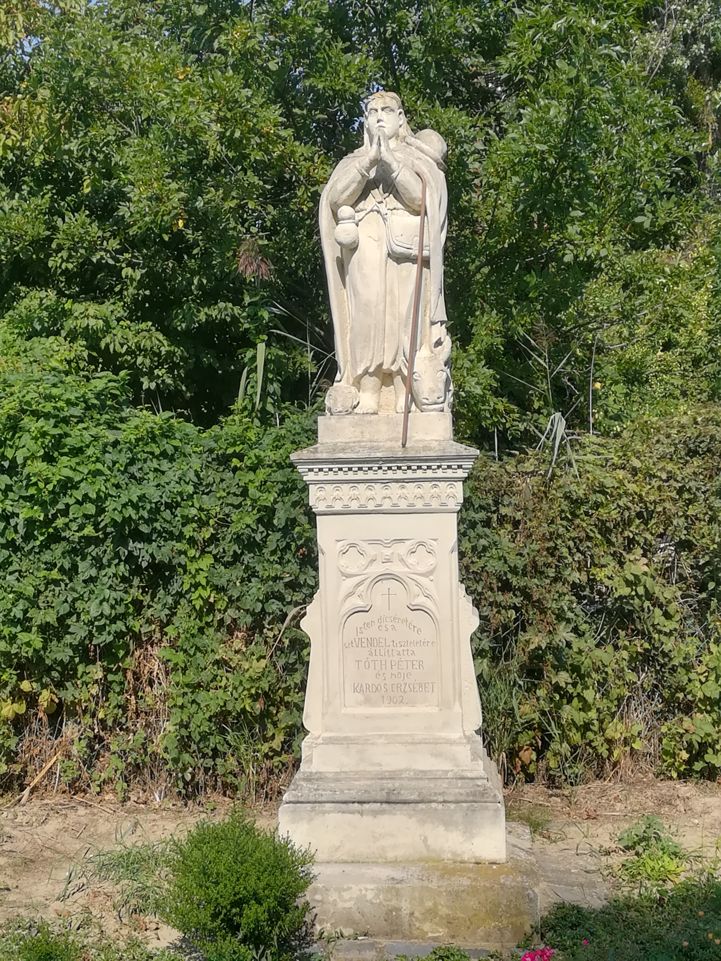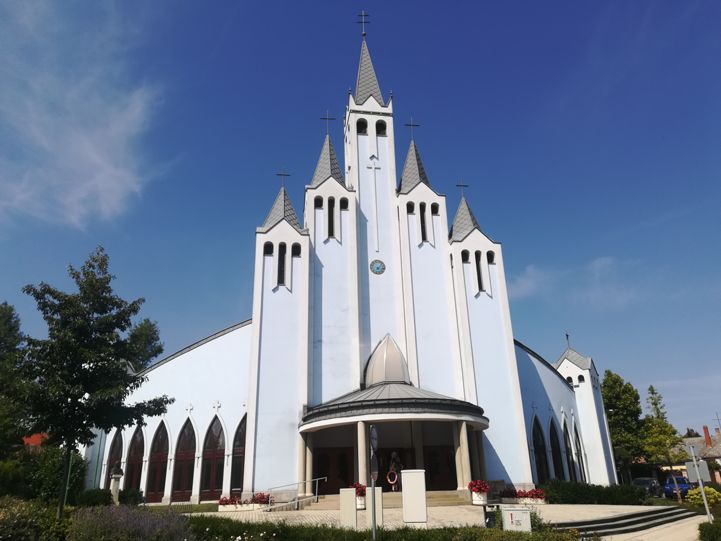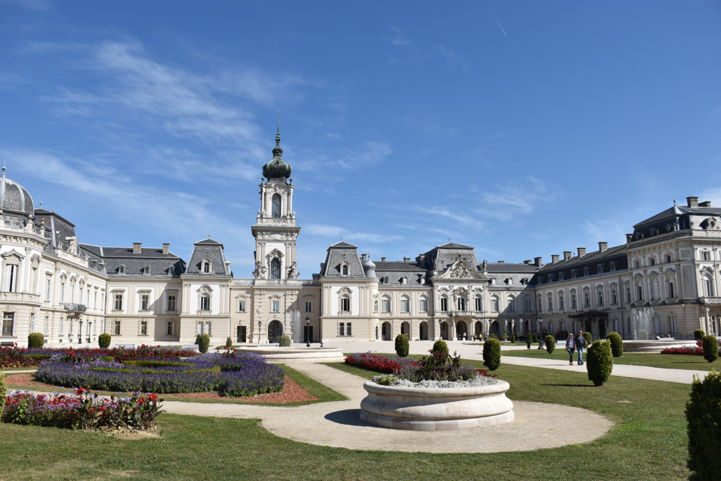
Esterházy Palace
The Esterházy Palace, one of the most beautiful castles of the noble Esterházy family, is not only the the main sight of Fertőd, but also one of the main sights of Hungary. This magnificent building complex has been called the "Hungarian Versailles" by travellers. Esterháza. Its fame was enough for an 18th century traveller to set off, leave the Austrian imperial capital and make the 22 French miles to the fairyland of Eszterháza, the estate of the Esterházy princes. If he wanted to travel in comfort, he arrived at Esterháza after a 12-hour journey. Prince Miklós Esterházy maintained three horse-changing stations along the road to Vienna, and even stationed hussar messengers at four post stations along the way – so that the latest European news could reach him in as little as six hours. The prince overcame the distance in another way: he turned his former hunting lodge into one of the cultural and artistic citadels of the Europe of his day. "What the emperor can do, I can do!" - he said, and in the spirit of this phrase he built the country's largest and most luxurious Baroque-Rococo castle, which was called "Hungarian Versailles" by travellers of the time. The prince's annual income rivalled that of the princely courts of the time, as did the development and daily life of Eszterháza. The buildings, the furnishings, the art treasures, the library, the entertainment venues, the theatres, are all a piece of the picture the Duke created. Through this image, Nikolaus Esterházy, politician and statesman, could be seen by his contemporaries as an educated lord, a generous patron of the arts, a connoisseur and an artist. The realisation of his ambition is reflected in the adjective used by his contemporaries at the same time: 'Splendidness lover'. The Duke was constantly building to create a residence on a par with the imperial courts, where sumptuous celebrations were a daily occurrence. The castle's ornamental courtyard opens with a magnificent wrought iron gate. The castle park and the surrounding landscape are the most mature examples of Baroque garden art in Hungary. Passing through the courtyard, the ornamental staircase leads to the central part, which contains the magnificent banquet hall. All 126 rooms of the castle are richly decorated. The rooms include the Maria Theresa Room, where the Empress stayed in 1773. The west wing of the castle houses the famous Esterházy Gallery. It used to contain approximately 650 paintings. Of these, 23 are very valuable. The most important painting, Raffaello Santi's Madonna of Esterházy is now on display in the Museum of Fine Arts in Budapest. In addition to the luxurious entertainment, the Esterházy Court played an important role in the musical (mainly operatic) life of the time. Besides the building, the company and the excellent works, the key to good opera was above all the conductor Joseph Haydn, who was at the head of the Opera. Thanks to him, who spent his active creative period in the service of Prince Miklós, operas, comedies and symphonies were written here. Joseph Haydn and Esterháza are two inseparable names in the history of European music. At the age of 29, the young musician who was just beginning to take his first steps in art, entered the service of the Esterházy dukes and slowly all types of 'secular' music came under Haydn's control. Several times a week, performances were given at the Opera House, which, thanks to the generosity of the Prince, were free for all to enjoy. Admirers of Esterháza often quoted the famous words of Empress Maria Theresa: "If I want to see good opera, I must go to Eszterháza!" However, with the death of Prince Miklós Esterházy, his fairy world slowly faded into the mists of the past, and the family moved to their castle in Kismarton. Haydn left the castle, as did the music and theatre troupes, and the lights went out on the opera stage, wrote an 18th century traveller. In 1959, a museum was opened in the building. Interestingly, the castle still has a suite reserved by the state for living descendants of the Esterházy family.

